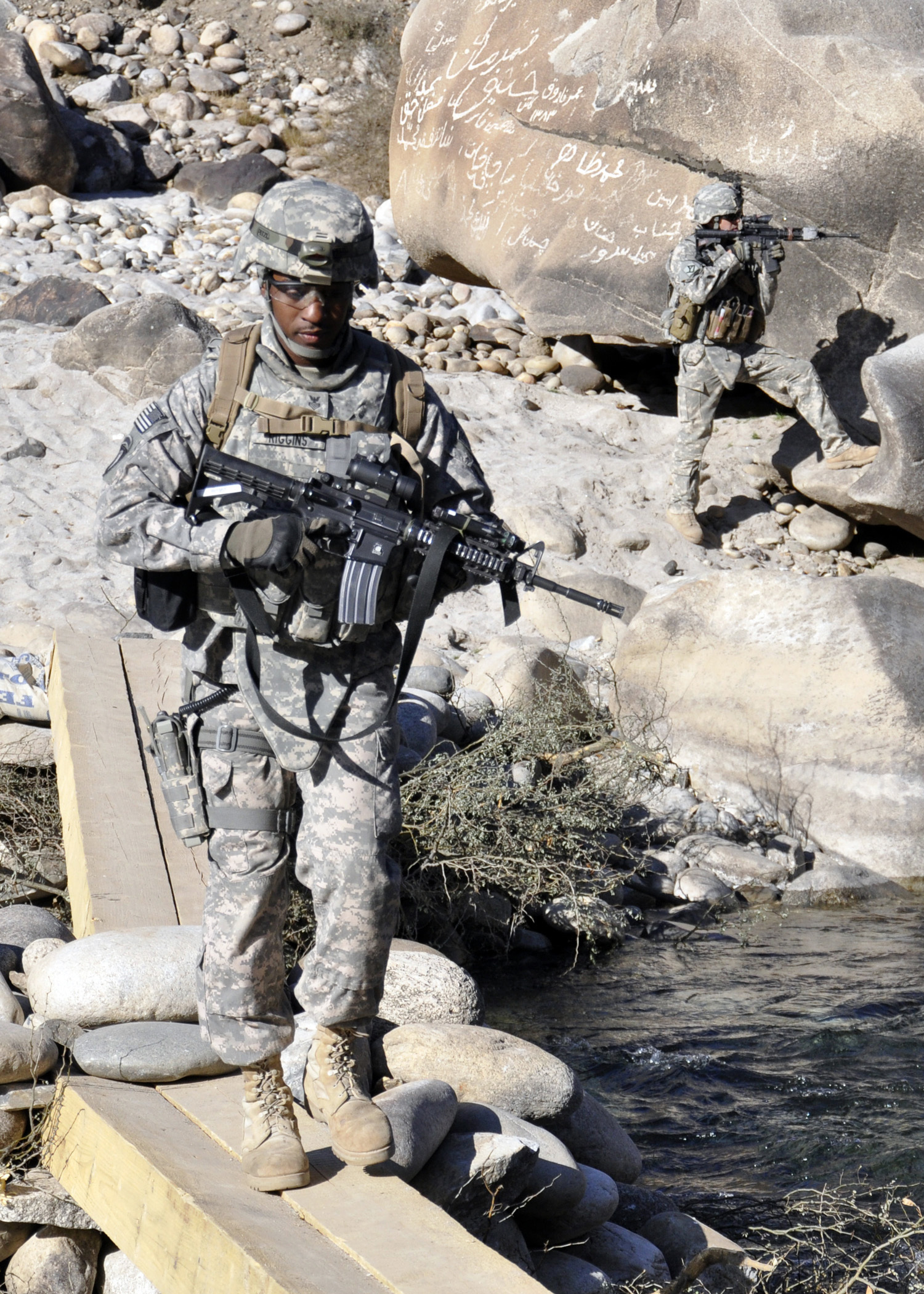|
Lalkhanabad
The Lalkhanabad village is the center of Qarghayi District Qarghayi District (Persian: ولسوالی قرغهای) has 60 villages. It is the largest district in Laghman Province, and is located 30 km from the provincial centre of Mihtarlam. It borders Mihtarlam District to the north, Alingar Di ... of Laghman Province, Afghanistan. It is located on at 638 m altitude between the Kabul River and its tributary - the Alingar River. Populated places in Laghman Province {{Laghman-geo-stub ... [...More Info...] [...Related Items...] OR: [Wikipedia] [Google] [Baidu] |
Qarghayi District
Qarghayi District (Persian: ولسوالی قرغهای) has 60 villages. It is the largest district in Laghman Province, and is located 30 km from the provincial centre of Mihtarlam. It borders Mihtarlam District to the north, Alingar District to the northeast, Nangarhar Province to the south and Kabul Province to the west. The district center is the village of Lalkhanabad, located between the Kabul River and its tributary the Alingar River. History On 15 December 2014, a civilian was killed in a roadside mine blast. On 19 February 2019, six people were killed in a roadside bombing. Demographics The population is 86,900 (2006) - 80% Pashtun Pashtuns (, , ; ps, پښتانه, ), also known as Pakhtuns or Pathans, are an Iranian ethnic group who are native to the geographic region of Pashtunistan in the present-day countries of Afghanistan and Pakistan. They were historically re ..., 5% Tajik and 15% Pashai. Economy Most of the arable land in th ... [...More Info...] [...Related Items...] OR: [Wikipedia] [Google] [Baidu] |
Afghanistan
Afghanistan, officially the Islamic Emirate of Afghanistan,; prs, امارت اسلامی افغانستان is a landlocked country located at the crossroads of Central Asia and South Asia. Referred to as the Heart of Asia, it is bordered by Pakistan to the Durand Line, east and south, Iran to the Afghanistan–Iran border, west, Turkmenistan to the Afghanistan–Turkmenistan border, northwest, Uzbekistan to the Afghanistan–Uzbekistan border, north, Tajikistan to the Afghanistan–Tajikistan border, northeast, and China to the Afghanistan–China border, northeast and east. Occupying of land, the country is predominantly mountainous with plains Afghan Turkestan, in the north and Sistan Basin, the southwest, which are separated by the Hindu Kush mountain range. , Demographics of Afghanistan, its population is 40.2 million (officially estimated to be 32.9 million), composed mostly of ethnic Pashtuns, Tajiks, Hazaras, and Uzbeks. Kabul is the country's largest city and ser ... [...More Info...] [...Related Items...] OR: [Wikipedia] [Google] [Baidu] |
Provinces Of Afghanistan
Afghanistan is divided into 34 provinces (, '' wilåyat''). The provinces of Afghanistan are the primary administrative divisions. Each province encompasses a number of districts or usually over 1,000 villages. Provincial governors played a critical role in the reconstruction of the Afghan state following the creation of the new government under Hamid Karzai. According to international security scholar Dipali Mukhopadhyay, many of the provincial governors of the western-backed government were former warlords who were incorporated into the political system. Provinces of Afghanistan Regions of Afghanistan UN Regions Former provinces of Afghanistan During Afghanistan's history it had a number of provinces in it. It started out as just Kabul, Herat, Qandahar, and Balkh but the number of provinces increased and by 1880 the provinces consisted of Balkh, Herat, Qandahar, Ghazni, Jalalabad, and Kabul. * Southern Province – dissolved in 1964 to create Paktia Provinc ... [...More Info...] [...Related Items...] OR: [Wikipedia] [Google] [Baidu] |
Laghman Province
Laghman (Dari: ) is one of the 34 provinces of Afghanistan, located in the eastern part of the country. It has a population of about 502,148, which is multi-ethnic and mostly a rural society. Laghman hosts a large number of historical landmarks, minarets, monuments, and other cultural relics that are manifestation of its old history and culture. The city of Mihtarlam serves as the capital of the province. In some historical texts the name is written as "Lamghan" or as "Lamghanat". In 2021, the Taliban gained control of the province during the 2021 Taliban offensive. Etymology Laghman or Lamghan is originally named after Lamech (Mether Lam Baba), the father of Noah. History Located currently at the Kabul Museum are Aramaic inscriptions that were found in Laghman which indicated an ancient trade route from India to Palmyra. Aramaic was the bureaucratic script language of the Achaemenids whose influence had extended toward Laghman. During the invasions of Alexander the Great, t ... [...More Info...] [...Related Items...] OR: [Wikipedia] [Google] [Baidu] |
Alingar River
The Alingar River (also Alingâr) is a river in Laghman Province of eastern Afghanistan. It is one of the major tributaries of the Kabul River, part of the Indus River basin. It has two sources, the Ramgel and Kulem rivers. It gives its name to Alingar District and Alingar Valley. It also flows through Mihtarlam in Mihtarlam District Mihtarlam District is located in the center of Laghman Province and consists of the urban centre and provincial capital Mihtarlam and 24 major villages and 269 sub-villages. Etymology Mihtarlam derives its name from Mihtarlam Baba (Lamech (fat .... See also * References Rivers of Afghanistan Kabul River Landforms of Laghman Province Valleys of Afghanistan Rivers of Pakistan {{Laghman-geo-stub ... [...More Info...] [...Related Items...] OR: [Wikipedia] [Google] [Baidu] |

